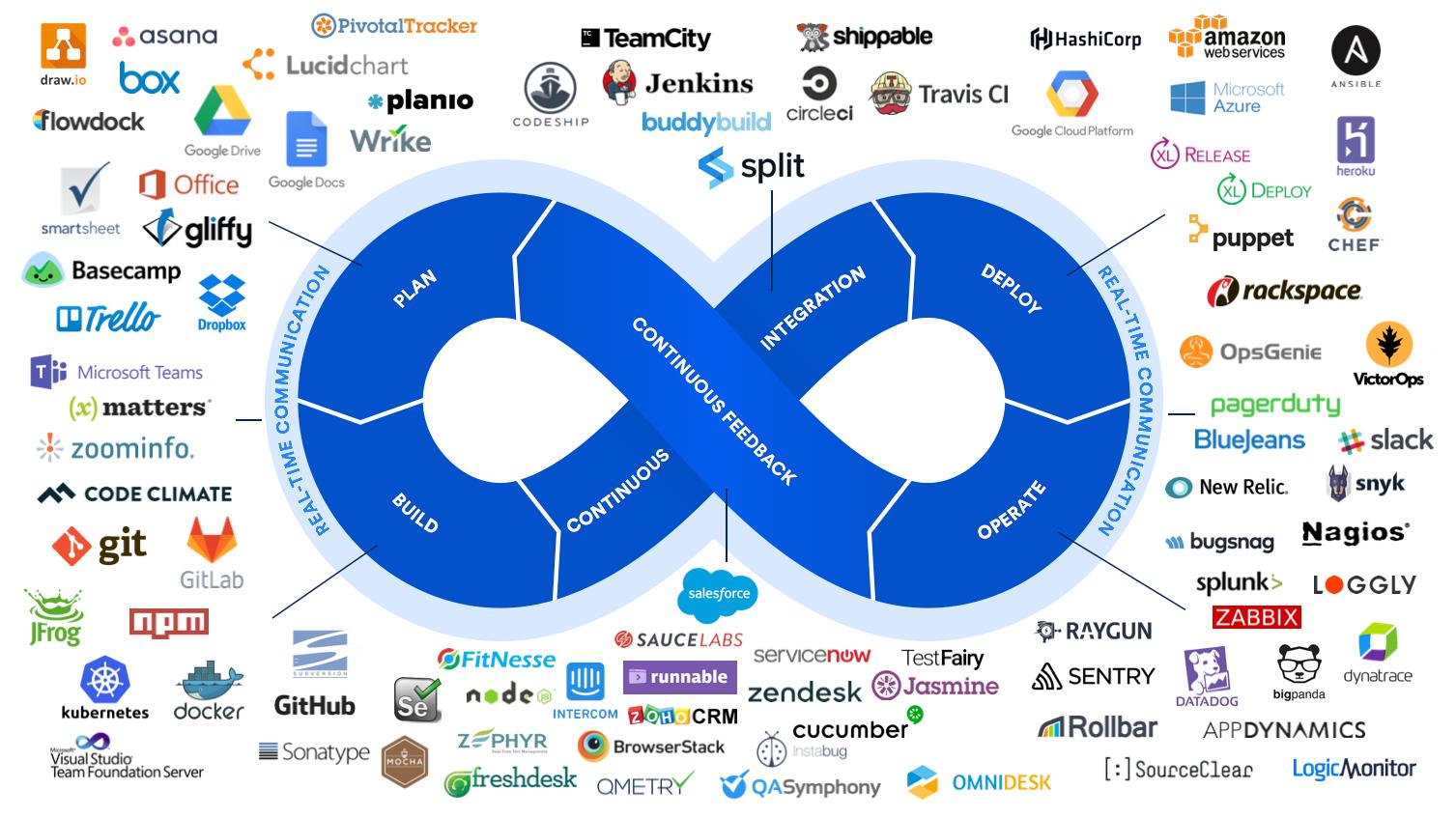
部署 HPA
(1)HPA 基于 Master 上的 kube-controller-manager 服务启动参数 horizontal-pod-autoscaler-sync-period 定义的时长(默认为30秒),周期性的检测 Pod 的 CPU 使用率。原理:追踪控制器管理的pod 负载情况…来根据设置的阀值动态的调整的pod的副本数量metrics-server 收集k8s中的node、pod等资源使
一 HPA 基本概念
HPA(Horizontal Pod Autoscaling)Pod 水平自动伸缩,Kubernetes 有一个 HPA 的资源,HPA 可以根据 CPU 利用率自动伸缩一个 Replication Controller、Deployment 或者Replica Set 中的 Pod 数量。
(1)HPA 基于 Master 上的 kube-controller-manager 服务启动参数 horizontal-pod-autoscaler- sync-period 定义的时长(默认为30秒),周期性的检测 Pod 的 CPU 使用率。
(2)HPA 与之前的 RC、Deployment 一样,也属于一种 Kubernetes 资源对象。通过追踪分析 RC 控制的所有目标 Pod 的负载变化情况,来确定是否需要针对性地调整目标Pod的副本 数,这是HPA的实现原理。
(3)metrics-server 也需要部署到集群中, 它可以通过 resource metrics API 对外提供度量数 据。
二 部署 metrics-server
metrics-server:是kubernetes集群资源使用情况的聚合器,收集数据给kubernetes集群内使用,如kubectl、hpa、scheduler等。
1 在所有 Node 节点上传 metrics-server.tar 镜像包到 /opt 目录
cd /opt/
docker load -i metrics-server.tar
 2 使用 helm install 安装 metrics-server
2 使用 helm install 安装 metrics-server
mkdir /opt/metrics
cd /opt/metrics
helm repo remove stable
helm repo add stable https://charts.helm.sh/stable
或
helm repo add stable http://mirror.azure.cn/kubernetes/charts
helm repo update
helm pull stable/metrics-server
vim metrics-server.yaml
args:
- --logtostderr #日志
- --kubelet-insecure-tls #tls证书
- --kubelet-preferred-address-types=InternalIP #ip地址类型
image:
repository: k8s.gcr.io/metrics-server-amd64 #镜像
tag: v0.3.2 #版本
3 使用 helm install 安装 metrics-server
helm install metrics-server stable/metrics-server -n kube-system -f metrics-server.yaml
kubectl get pods -n kube-system | grep metrics-server
kubectl top nodes
kubectl top pods --all-namespaces
三 部署 HPA
1 在所有节点上传 hpa-example.tar 镜像文件到 /opt 目录
hpa-example.tar 是谷歌基于 PHP 语言开发的用于测试 HPA 的镜像,其中包含了一些可以运行 CPU 密集计算任务的代码。
docker load -i hpa-example.tar
docker images | grep hpa-example


2 创建用于测试的 Pod 资源,并设置请求资源为 cpu=200m
vim hpa-pod.yaml
apiVersion: apps/v1
kind: Deployment
metadata:
labels:
run: php-apache
name: php-apache
spec:
replicas: 1
selector:
matchLabels:
run: php-apache
template:
metadata:
labels:
run: php-apache
spec:
containers:
- image: gcr.io/google_containers/hpa-example
name: php-apache
imagePullPolicy: IfNotPresent
ports:
- containerPort: 80
resources:
requests:
cpu: 200m
---
apiVersion: v1
kind: Service
metadata:
name: php-apache
spec:
ports:
- port: 80
protocol: TCP
targetPort: 80
selector:
run: php-apache
kubectl apply -f hpa-pod.yaml
kubectl get pods
3 使用 kubectl autoscale 命令创建 HPA 控制器
使用 kubectl autoscale 命令创建 HPA 控制器,设置 cpu 负载阈值为请求资源的 50%,指定最少负载节点数量为 1 个,最大负载节点数量为 10 个
kubectl autoscale deployment php-apache --cpu-percent=50 --min=1 --max=10
//需要等一会儿,才能获取到指标信息 TARGETS
kubectl get hpa
NAME REFERENCE TARGETS MINPODS MAXPODS REPLICAS AGE
php-apache Deployment/php-apache 0%/50% 1 10 1 8m27s
kubectl top pods
4 创建一个测试客户端容器
kubectl run -it load-generator --image=busybox /bin/sh5 增加负载
# while true; do wget -q -O- http://php-apache.default.svc.cluster.local; done


HPA 扩容的时候,负载节点数量上升速度会比较快;但回收的时候,负载节点数量下降速度会比较慢。
原因是防止在业务高峰期时因为网络波动等原因的场景下,如果回收策略比较积极的话,K8S集群可能会认为访问流量变小而快速收缩负载节点数量,而仅剩的负载节点又承受不了高负载的压力导致崩溃,从而影响业务。
总结:
HPA 为控制器管理的pod资源的副本数量实现自动伸缩
原理:追踪控制器管理的pod 负载情况…来根据设置的阀值动态的调整的pod的副本数量metrics- server 收集k8s中的node、pod等资源使用情况,.kubectl.topnode/pod
kubectl autoscale 控制器-- cpuprecent=60 --min --max最大值
四 扩展
1 资源限制 - Pod
Kubernetes对资源的限制实际上是通过cgroup来控制的,cgroup是容器的一组用来控制内核如何运行进程的相关属性集合。针对内存、CPU 和各种设备都有对应的 cgroup。
默认情况下,Pod 运行没有 CPU 和内存的限额。这意味着系统中的任何 Pod 将能够像执行该 Pod 所在的节点一样, 消耗足够多的 CPU
和内存。一般会针对某些应用的 pod 资源进行资源限制,这个资源限制是通过 resources 的 requests 和 limits 来实现。requests 为创建 Pod 时初始要分配的资源,limits 为 Pod 最高请求的资源值。
示例:
spec:
containers:
- image: xxxx
imagePullPolicy: IfNotPresent
name: auth
ports:
- containerPort: 8080
protocol: TCP
resources:
limits:
cpu: "2"
memory: 1Gi
requests:
cpu: 250m
memory: 250Mi2 资源限制 - 命名空间
① 计算资源配额
apiVersion: v1
kind: ResourceQuota #使用 ResourceQuota 资源类型
metadata:
name: compute-resources
namespace: spark-cluster #指定命令空间
spec:
hard:
pods: "20" #设置 Pod 数量最大值
requests.cpu: "2"
requests.memory: 1Gi
limits.cpu: "4"
limits.memory: 2Gi② 配置对象数量配额限制
apiVersion: v1
kind: ResourceQuota
metadata:
name: object-counts
namespace: spark-cluster
spec:
hard:
configmaps: "10"
persistentvolumeclaims: "4" #设置 pvc 数量最大值
replicationcontrollers: "20" #设置 rc 数量最大值
secrets: "10"
services: "10"
services.loadbalancers: "2"如果Pod没有设置requests和limits,则会使用当前命名空间的最大资源;如果命名空间也没设置,则会使用集群的最大资源。
K8S 会根据 limits 限制 Pod 使用资源,当内存超过 limits 时 cgruops 会触发 OOM。
这里就需要创建 LimitRange 资源来设置 Pod 或其中的 Container 能够使用资源的最大默认值
apiVersion: v1
kind: LimitRange #使用 LimitRange 资源类型
metadata:
name: mem-limit-range
namespace: test #可以给指定的 namespace 增加一个资源限制
spec:
limits:
- default: #default 即 limit 的值
memory: 512Mi
cpu: 500m
defaultRequest: #defaultRequest 即 request 的值
memory: 256Mi
cpu: 100m
type: Container #类型支持 Container、Pod、PVC更多推荐
 已为社区贡献11条内容
已为社区贡献11条内容






所有评论(0)